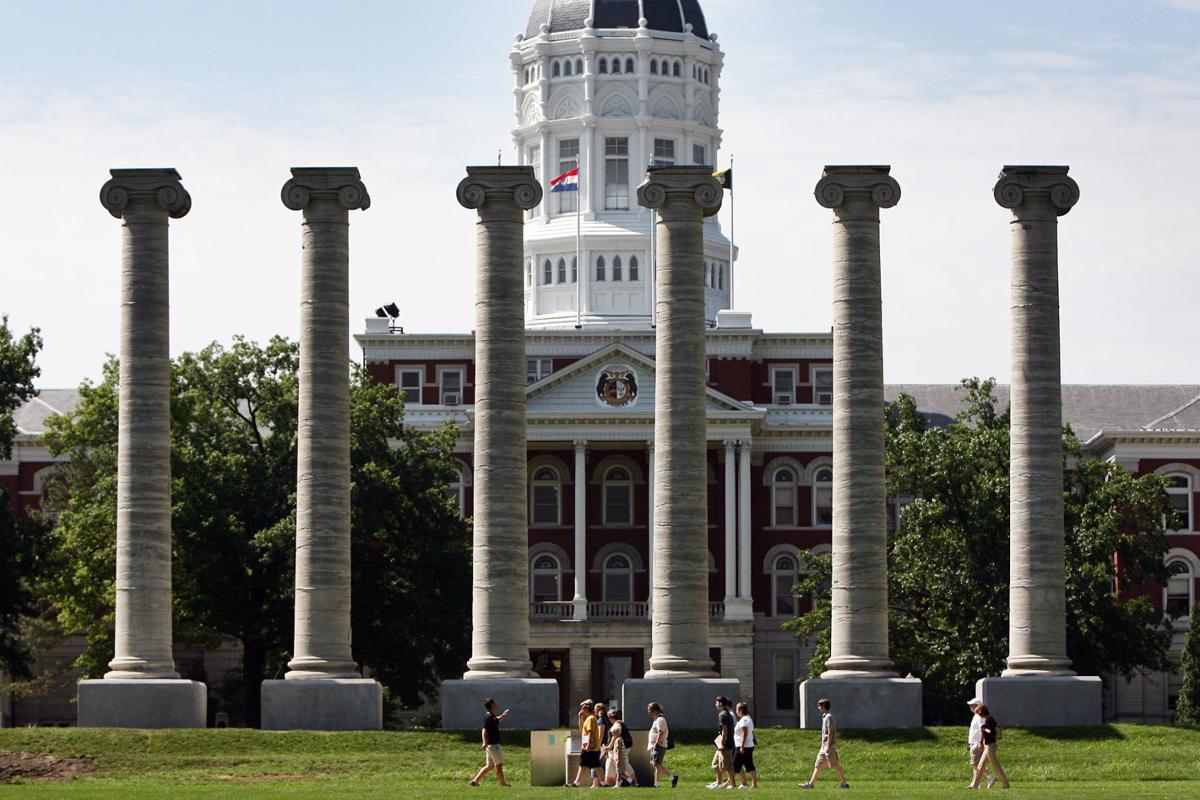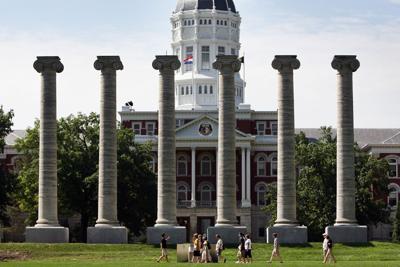The invitation came with a special title: “Distinguished alumni.”
Retired attorney Fred Hall was one of the people to receive the note from the University of Missouri. Hall, who lives in Springfield, Missouri, has bachelor’s, master’s and law degrees from his beloved institution. He’s a former member of the governing Board of Curators.
“I know what they mean when they call you distinguished,” Hall says. “It means they want money.”
Hall doesn’t lament making donations to his alma mater. He’s made plenty. But another matter of the university’s finances bothers him. It’s why he wanted to talk.
Hall and several other longtime Mizzou supporters are disappointed with the lack of financial backing from the Missouri Legislature for the state’s colleges and universities.
People are also reading…
Earlier this month, the Republicans with super-majorities in both the House and the Senate touted a 7% increase in higher education funding this year. They are right in that compared to past years, that’s a decent hike. But that number will barely keep up with inflation. And if other states follow a similar pattern, Missouri will remain near the bottom of the country in per-capita funding for higher education, as it has for years.
The university’s former chancellor, Brady Deaton, who is a friend of Hall’s, shared the depressing research with Mizzou supporters in an email chain. Missouri ranks 47th in the country for per-capita support of higher education, based on funding from the Legislature. Missouri invests $180 per citizen in higher education, according to the State Higher Education Executive Officers Association. The national average is $319.
Missouri ranks behind all of its border states. It ranks behind all the universities in the Southeastern Conference. It ranks behind most of the land-grant research universities to which it traditionally compares itself.
“It’s very concerning,” says Deaton, who retired in 2013 but continues to be an active booster of the school. “The university is such a great investment for the state. I’ve always been puzzled by it. Why won’t you increase an investment that produces such a high return?”
Students and their parents have to pay a rising percentage of costs, through increased tuition, because of the consistently poor funding from the state.
Let’s go back to 1990, just three years before Hall became a curator. Tuition payments were only 27% of Mizzou’s revenue. The largest share, 70%, came from state funding. Those numbers have been consistently shifting the opposite way. By 2022, state funding made up only 30% of the university’s revenue, with tuition and fees making up 62%.
That means middle-class parents are stuck with a hefty bill for tuition. (Full disclosure: I’m one of those parents, paying off debt for a Mizzou graduate and preparing to pay tuition for a student at Southeast Missouri State University).
Unfortunately, it’s rare for administrators to speak up about the under-funding of the state’s colleges and universities. In the current political environment, state lawmakers who control the purse strings have made clear they are not above using their power to punish those who speak up. Witness this year’s attempt by Republicans in the Missouri House to zero out state funding for libraries after the Missouri Association of School Librarians and the ACLU sued the state over a law that could make it easier to ban books.
The good news out of this year’s legislative session is that Republicans failed in yet another attempt to cut Missouri’s already low tax rates. That likely would have diminished higher education funding even more in future years. As it is, ranking 47th in the country is about the best Missouri can hope for. If we’re really lucky, maybe, just maybe, this year’s 7% hike pushes us a couple more spots away from the bottom.
“Government should be the great equalizer by giving those with fewer resources equal opportunity,” Hall says. “Instead, low funding with higher tuition means a denial to those who currently have dreams but no means.”
{&rule}
Missouri's Legislature reflects the federal structure in many ways. Video by Beth O'Malley













